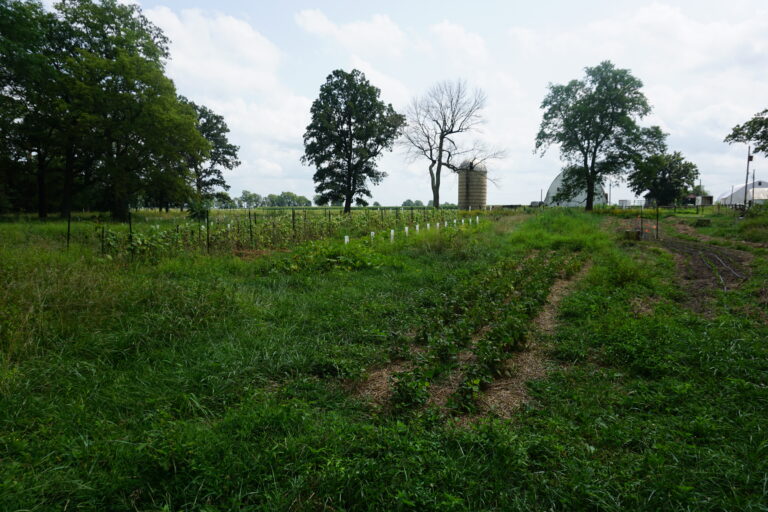A new U.S. Department of Agriculture report found the percentage of farms that are small and family owned remained unchanged from 2011 to 2020, holding steady at 89% of all farms.
A new report from the U.S. Department of Agriculture shows the percentage of farms that are small and family-owned remains steady, but they produce less and experience growing financial peril.
The USDA Economic Research Service last week released its latest America’s Diverse Family Farms report that provides the latest statistics on U.S. farms, including production, financial performance, size and ownership.
Among the findings in the report is that the percentage of farms that are small and family-owned remained unchanged from 2011 to 2020, holding steady at 89% of all farms.
The USDA defines a small farm as one with gross annual income less than $350,000 and as family-owned when the majority of the business is owned by a single family and is operated by a family member.
“In 2020, most U.S. farms are small family farms. And they operate almost half of U.S. farmland and account for 20% of farm production,” said Christine Whitt, an agricultural economist for the USDA.
But that percentage of total farmland and the amount of production that small farms make up is down over the past 10 years, meaning big farms are getting bigger and are increasing production at a faster rate.
That trend isn’t new, and it is troubling to environmentalists and sustainable farming advocates.
The Union of Concerned Scientists identified farm consolidation as among the major problems facing modern agriculture and rural communities in its publication Losing Ground released earlier this year.
“Government policies that have consistently favored larger farms — along with the competitive advantage granted by economies of scale — made consolidation into a pervasive trend across the country,” the report said.
The group goes on to say that larger and larger farms lead to more environmentally damaging farming practices, racial inequity in agriculture and economic damage to rural towns.
The USDA report also shows that smaller farms are becoming increasingly fragile economically.
The report quantified farms in terms of the financial risk they took on every year.
“Small family farms have a greater share of farms in the high-risk zone,” Whitt said. “However, small family farms typically rely upon off-farm income.”
That means small family-owned farms are becoming more reliant upon non-farm income, like a spouse with a job in town, to continue farming.
While small family farms saw their financial risk over the past 10 years increase, large and corporate-owned farms saw their risk decrease.
“Consolidation has reduced opportunities for new farmers, who have become increasingly rare — and this has hit Black farmers, already fighting an uphill battle against multiple barriers imposed by structural racism, especially hard,” the Union of Concerned Scientists wrote in its analysis. “In short, when farms grow bigger and farmers grow fewer, bad things happen.”
Follow Jonathan on Twitter: @JonathanAhl
9(MDM5MjE5NTg1MDE1Mjk1MTM5NjlkMzI1ZQ000))

